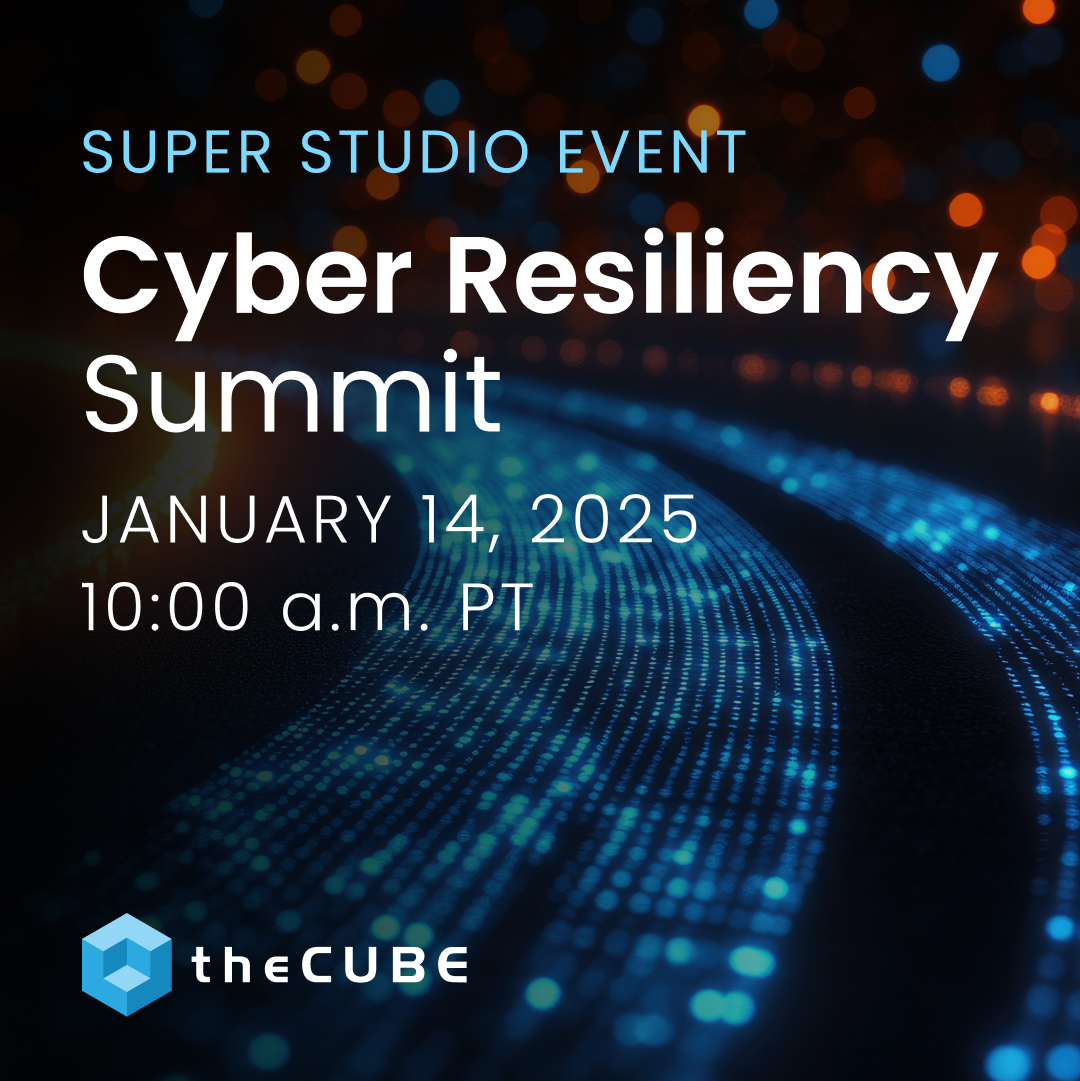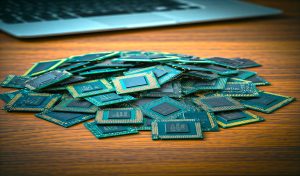Flash Forward: The Often Overlooked Business Value of Flash
![]() There’s no denying that flash memory—both as a technology and as a topic of conversation—is hot right now. As enterprise organizations race to add flash as a critical component of their storage solutions, it naturally drives more press and opinion, which in turn intensifies the buzz about flash. Unfortunately, though, it appears that as the flash discussion broadens, it also seems too narrow.
There’s no denying that flash memory—both as a technology and as a topic of conversation—is hot right now. As enterprise organizations race to add flash as a critical component of their storage solutions, it naturally drives more press and opinion, which in turn intensifies the buzz about flash. Unfortunately, though, it appears that as the flash discussion broadens, it also seems too narrow.
Increasingly, flash is viewed primarily in the context of performance. It’s the sports car of storage, the ultimate answer to the need for speed. There’s no disputing flash’s capacity for speed. But what is often overlooked is flash’s ability to drive value, not just responsiveness. As a result, many businesses are using flash for one thing and one thing only—whether they need it or not—and they don’t yet recognize that flash is a powerful and highly efficient means to get equivalent performance at lower cost.
This is not to say that speed and business value are in any way mutually exclusive. Far from it.
Most applications don’t need the speed of flash-only arrays
Some sets of applications or workloads—particularly those that are customer facing or customer oriented and require fast transaction times to drive value or competitive advantage—are clear cases where an all-flash array is an incredibly sound and prudent business decision. Applications that are currently constrained or that need to overprovision the number of hard disk drives to get the required performance, or applications that are not able to get through the analytic processing in the time needed to make a business decision, are also strong candidates for an all-flash array.
What is lost on many organizations that are deploying flash, though, is the simple truth that most applications just don’t need the speed of an all-flash array. Only a small subset of applications require that degree of performance.
Making the case for hybrid flash storage
Instead, the overwhelming majority of organizations are far better served by deploying a hybrid configuration of flash and hard disk drives. This optimal use of flash and HDDs offers a best-of-both-worlds approach to performance that delivers significant value and savings. Hybrid configurations enable a smaller number of HDDs to achieve the same performance, lowering the gigabyte-per-dollar cost for the same set of applications.
For data centers, consolidated shared infrastructures, and private clouds, the predominant architecture for optimizing costs and operational efficiencies is a shared infrastructure with a hybrid mix of flash and hard disk media. Many modestly performance-centric applications, currently running on enterprise-class SAS or Fibre Channel drives, can be run on a combination of SSDs and SATA drives to achieve the same latency and IOPS performance, but with fewer disk drives and greater capacity, thereby reducing overall storage costs.
Simply put, using flash with hard drives in a hybrid configuration can reduce the cost of storage. And, when used appropriately, flash also increases agility and responsiveness.
The keyword, though, is “appropriately.” The speed characteristics and the startup innovations happening in the flash space are undeniably exciting, and they’re rightfully capturing imaginations in the tech community. But it’s important to understand that flash is not a one-trick pony—or, more accurately, thoroughbred. It’s an important and powerful technology that is generally applicable to all applications in the right configuration.
As the cost of flash continues to decline and its adoption increases, a deeper understanding of its business value and benefits will occur as well. With greater awareness of the value that flash adds, more organizations will recognize that they can use all-flash arrays not only to deliver faster responsiveness and agility—they can also lower costs by using hybrid configurations for most applications.
photo credit: IntelGuy via photopin cc
A message from John Furrier, co-founder of SiliconANGLE:
Your vote of support is important to us and it helps us keep the content FREE.
One click below supports our mission to provide free, deep, and relevant content.
Join our community on YouTube
Join the community that includes more than 15,000 #CubeAlumni experts, including Amazon.com CEO Andy Jassy, Dell Technologies founder and CEO Michael Dell, Intel CEO Pat Gelsinger, and many more luminaries and experts.
THANK YOU













